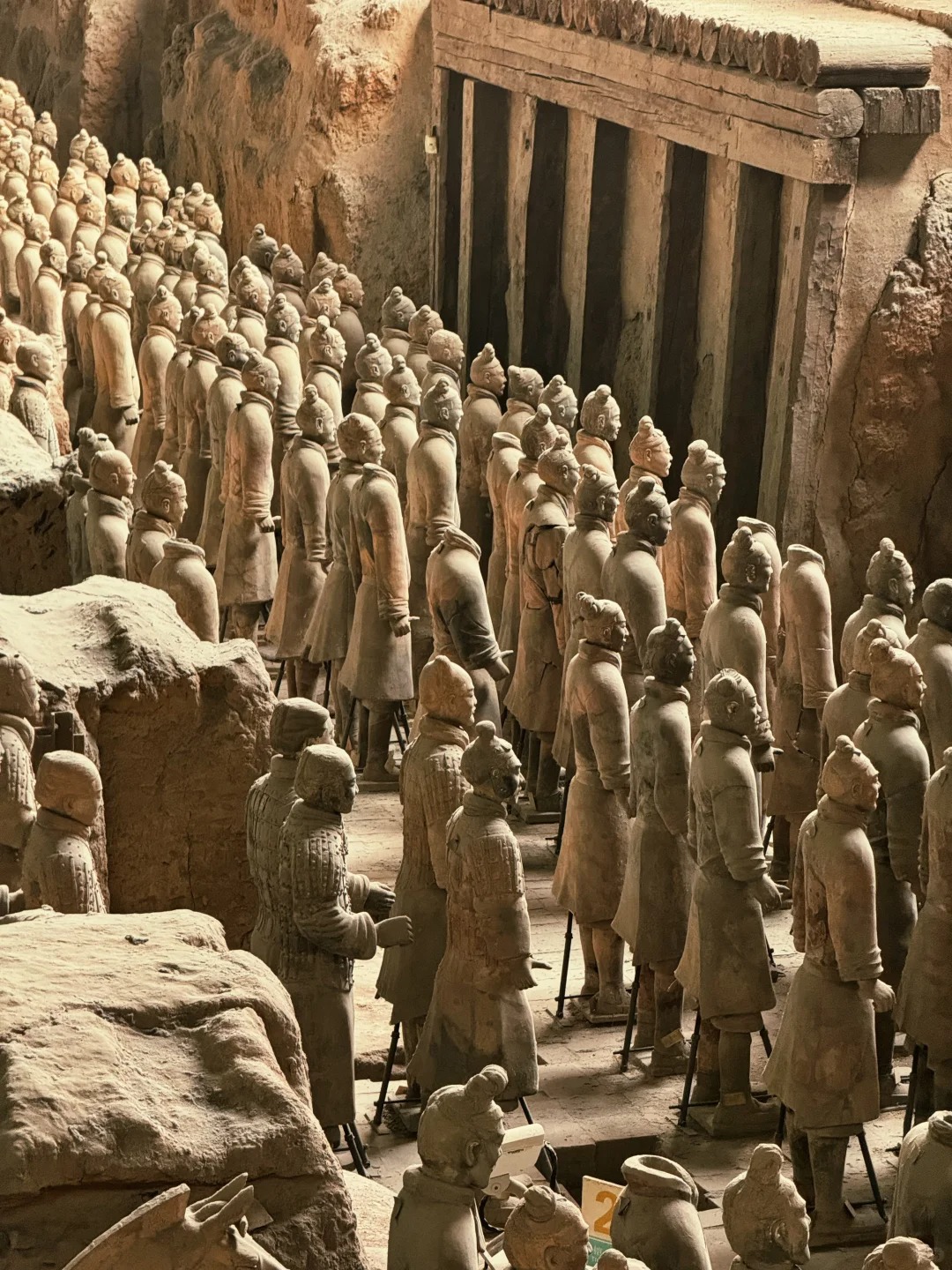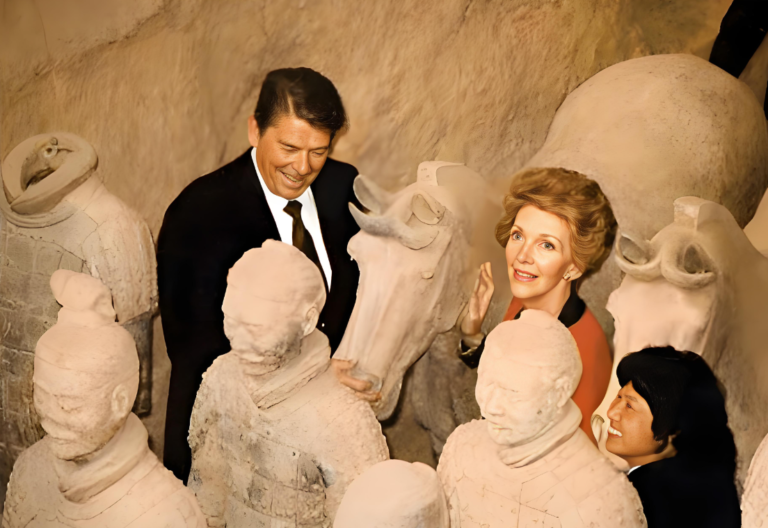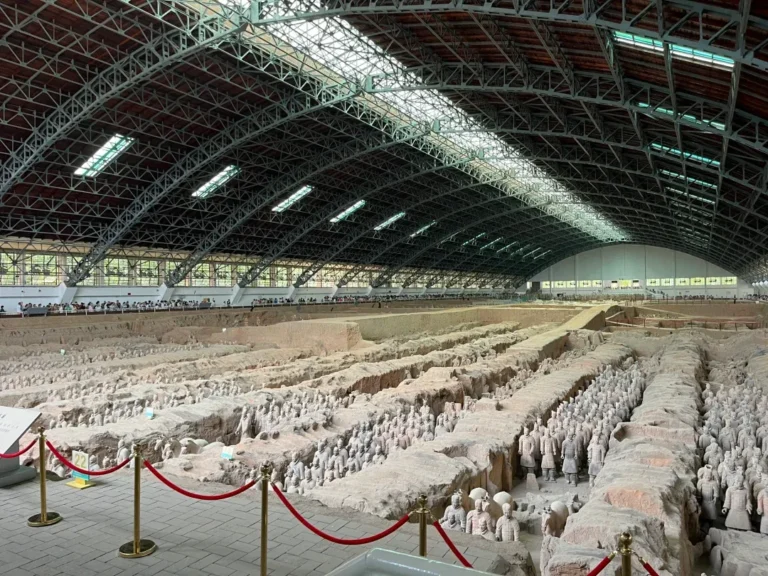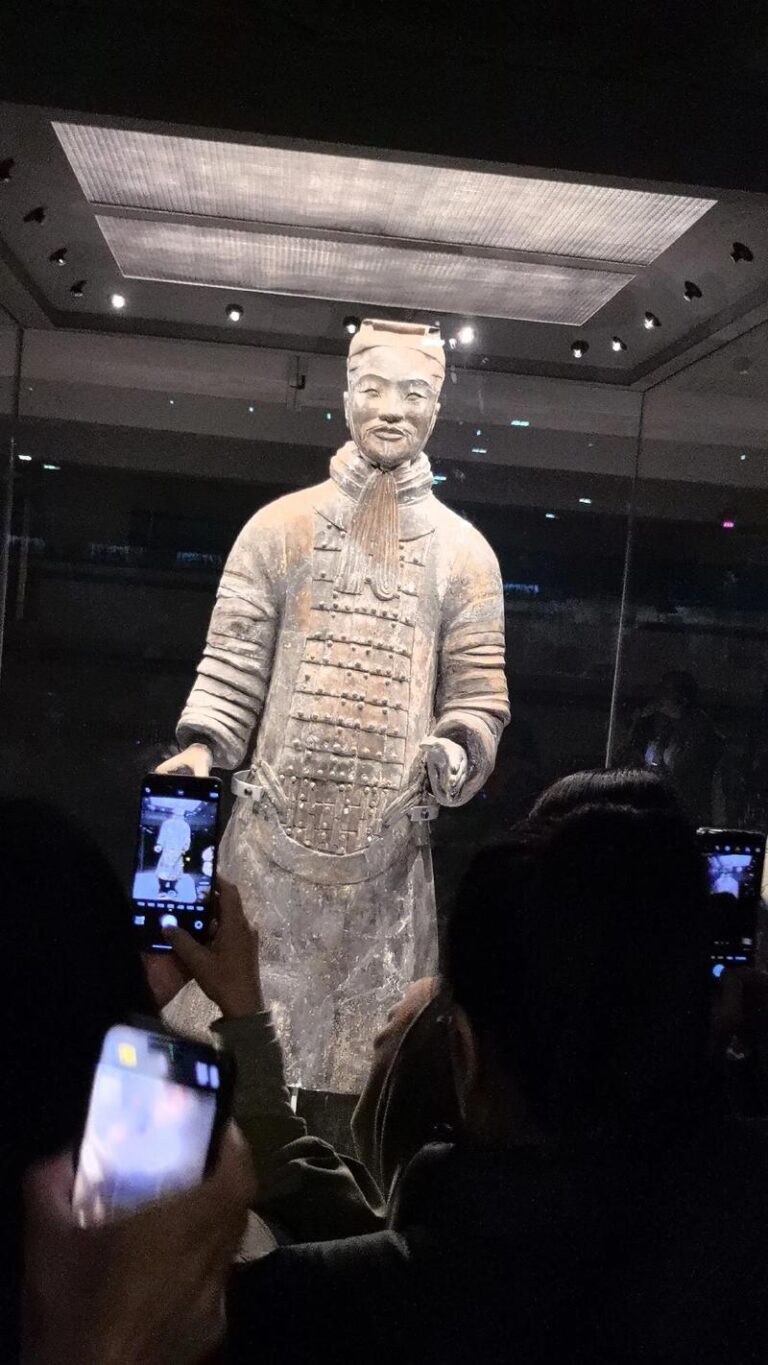What was the impact of the Terracotta Army?
When Qin Shi Huang Meets Hollywood: How 8,000 Clay Soldiers Shook the World
Imagine this: China, 1974. A farmer named Old Yang, digging a well during a dry spring in Shaanxi province, accidentally hits the archaeological jackpot of the century – the ultimate “blind box”! That clunk of his hoe didn’t just uncover some old pottery; it woke up a massive, silent army buried for over two millennia. And boy, did this discovery change how the world sees China!
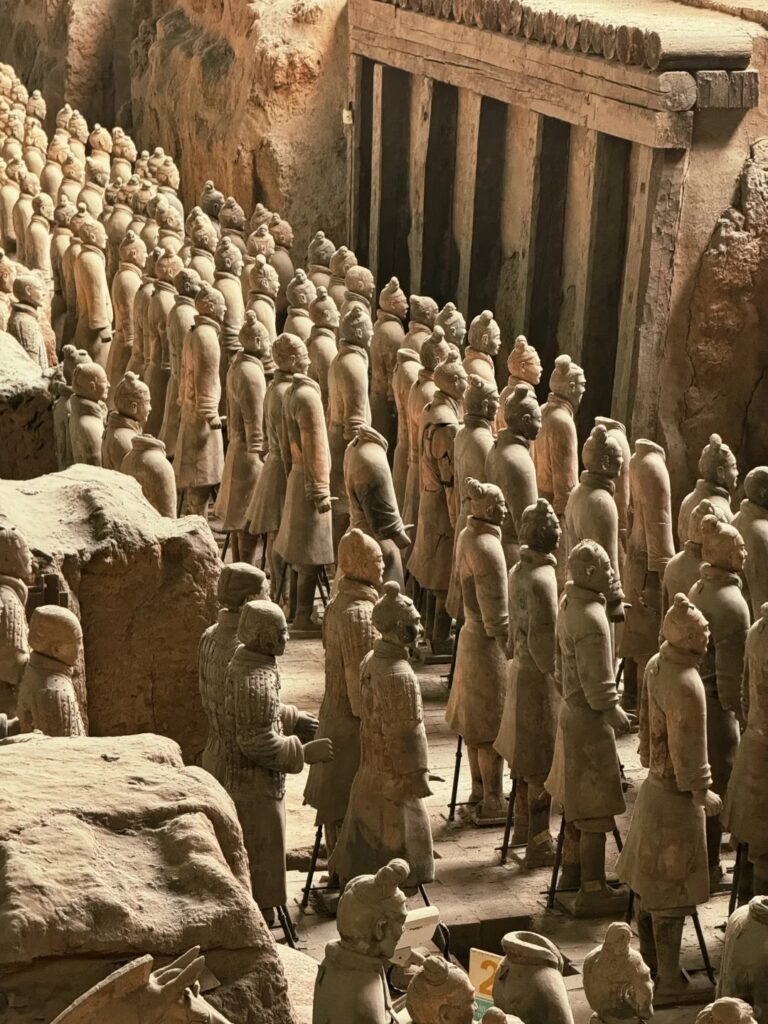
1. The First Emperor’s Ultimate Action Figures
So, Qin Shi Huang, the guy who first united China? He wasn’t just thinking about ruling the living world. Nope. He was super worried about what came next. His solution? Build an entire clay army – soldiers, horses, chariots, even officials and acrobats – to guard him in the afterlife. Talk about taking “you can’t take it with you” literally!
The crazy-cool part? Each soldier is unique. Seriously! Look closely: different faces (single eyelids, big noses, bushy beards!), different hairstyles, different poses. It’s like someone froze an actual army mid-march. They even held real weapons! This wasn’t just about showing off; it was rooted in a deep belief that death was just like life, only… quieter (“serving the dead as you serve the living”). Think about that – these guys are older than the Colosseum, older than Jesus, and they’re still standing tall!
2. The “Whoa!” Factor Goes Global
Fast forward to 1979. The Terracotta Warriors take their first trip abroad, hitting museums in the US and Europe. People. Were. Floored. Imagine walking into a room and seeing ranks upon ranks of these life-sized, incredibly detailed clay soldiers staring back at you? The New York Times described crowds holding their breath, feeling like they were being silently inspected by soldiers from 2000 years ago.
One story really sticks out: an American WWII veteran looked at the warriors and started crying. He said their expressions – that mix of determination and readiness – were exactly like the faces of his buddies right before the D-Day invasion. Boom. That’s the power punch. These silent clay figures suddenly became way more than just old art. They became a symbol of something everyone understands: human courage, facing the unknown. They connected people across time and oceans.
3. Shaanxi’s Rockstar Tourist Attraction (Cha-Ching!)
Today, hopping on the bus from Xi’an train station to the Terracotta Army Museum is like joining a mini-United Nations tour. The place is packed year-round. This isn’t just a cool museum; it’s a full-blown economic engine for Shaanxi province and all of China. Tourism dollars? Flowing in like crazy.
And the locals? They’ve gotten super creative! Walk around the villages near the museum, and you’ll find souvenirs galore: Terracotta Warrior fridge magnets (because why not?), keychains featuring the general’s fancy topknot, even desk lamps shaped like the famous kneeling archer! One souvenir seller chuckled, showing off her mini-warriors: “Foreigners love these! They say they want to ‘take home an Eastern warrior’ for their desk!” It’s hilarious and brilliant.
4. Hollywood, Video Games & Pop Culture Fame
The Terracotta Army’s fame has busted out of the museum walls and landed smack dab in the middle of global pop culture. Remember those super serious, imposing palace guards standing in perfect rows in Kung Fu Panda? DreamWorks totally borrowed that vibe from the Terracotta formations. Major homage!
Then there was The Mummy: Tomb of the Dragon Emperor. Okay, the plot was wild (Jet Li turning Terracotta Warriors into a stone monster army? Sure, why not!), but the core idea stuck: these figures represent ancient, mysterious, powerful China. And video games? Oh yeah! You’ll find Terracotta Warriors guarding treasure in adventure games, or even as playable characters in strategy games. They’ve become go-to icons for ancient power and mystery in the digital world too.
5. More Than Just Dirt: A Human Connection
Standing on the edge of those massive pits, looking down at thousands of these silent figures… it’s mind-blowing. They’re made of clay, sure. But they feel incredibly real. They whisper stories of an ancient empire’s might and sophistication.
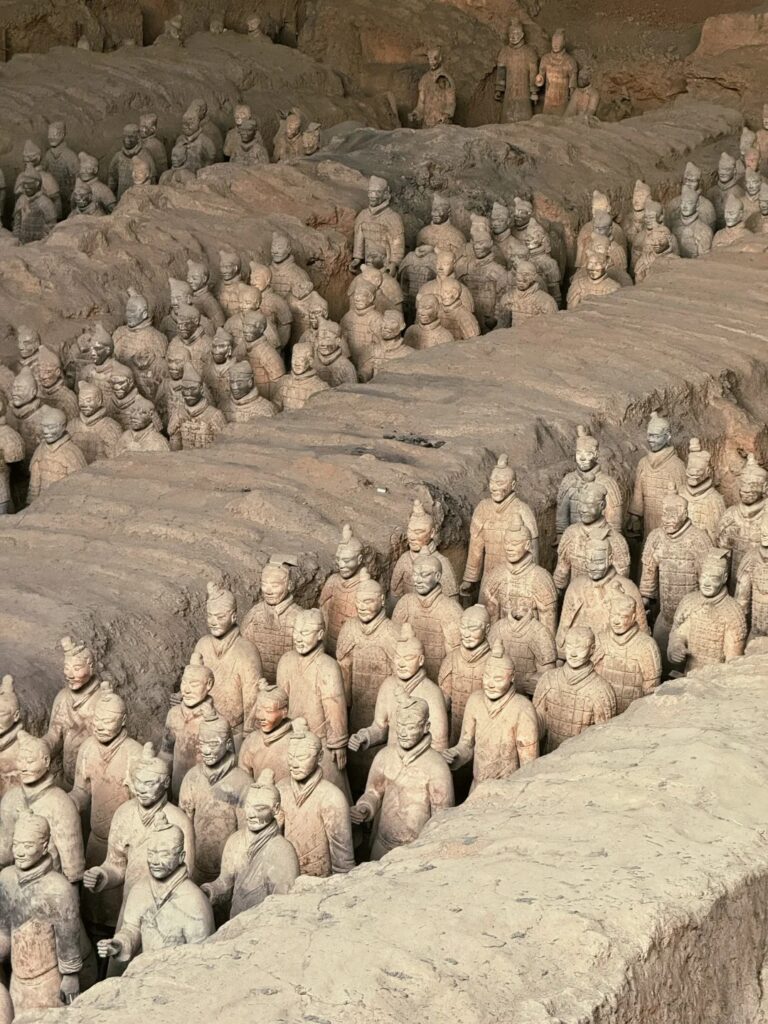
From Old Yang’s lucky hoe strike to lighting up Hollywood screens, from the dusty fields of Shaanxi to museums worldwide, the Terracotta Army has completed an incredible journey. It showed the world the jaw-dropping scale of the Qin Dynasty, but more importantly, it tapped into something universal: the human desire to be remembered, to leave a mark, to face eternity with courage.
So next time you’re in Xi’an, dodging the crowds to see these ancient warriors, maybe give a little nod and a smile: “Hey Emperor Qin Shi Huang, guess what? Your ‘staff’? They’re global superstars now. Best cultural ambassadors China ever had!”

